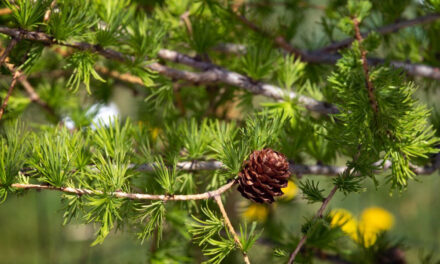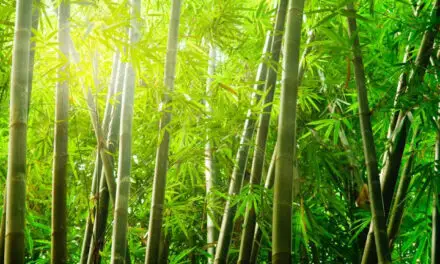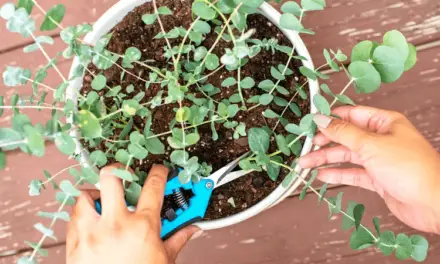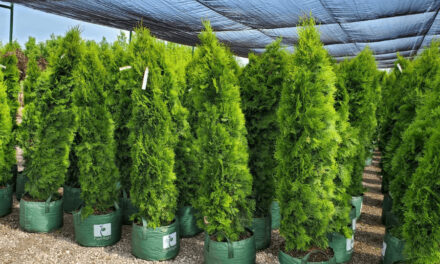Learn how to grow a bonsai tree from seed with this easy to follow DIY gardening guide! Bonsai trees are beautiful, miniature versions of full-sized trees. True bonsai are not genetically stunted, but rather are normal trees that have been carefully trained and pruned over many years to maintain their small size. The art of bonsai dates back centuries in Japan, where it was originally developed. Bonsai can be created from nearly any type of tree, although some varieties are more commonly used than others. The most important factor in creating a successful bonsai is to choose a tree with strong, healthy roots. With the right care and attention, a bonsai can live for decades, becoming a truly treasured part of the home. Keep reading to learn how to grow a bonsai tree from seed!
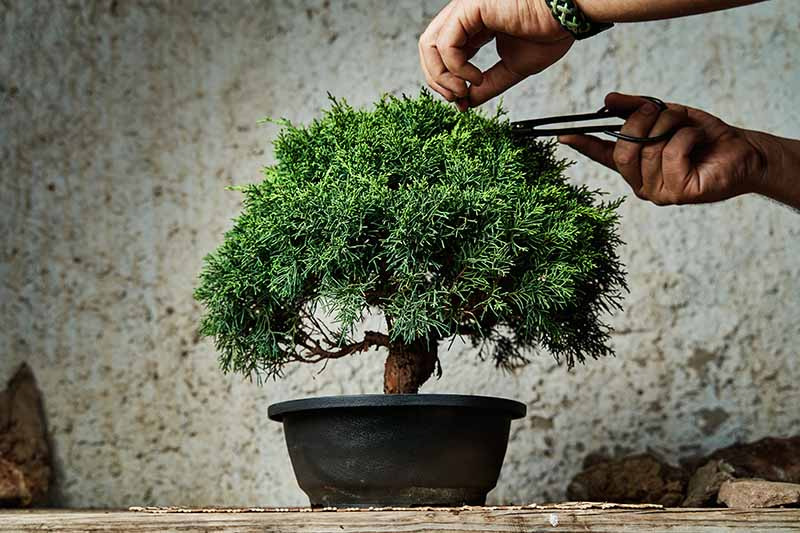
Types of Bonsai Trees
Bonsai is a Japanese art form that involves the cultivation of miniature trees in containers. The word “bonsai” actually refers to the three-dimensional miniature trees themselves, while the containers are called “pots” or “trays.” There are many different types of bonsai trees, each with its own unique aesthetic. Some of the most popular varieties include the following:
- The Ficus bonsai is a type of fig tree that is native to Africa and Asia. It is characterized by its round leaves and thick trunk. The Ficus bonsai is a popular choice for beginners due to its relative ease of care.
- The Juniper bonsai is a type of coniferous tree that is native to Europe, Asia, and North America. It is characterized by its small, needle-like leaves and compact growth habit. Juniper bonsais are popular among experienced growers due to their low maintenance requirements.
- The Maple bonsai is a type of deciduous tree that is native to Asia and North America. It is characterized by its lobed leaves and vibrant fall coloration. The Japanese maple is a popular choice for bonsai enthusiasts, due to its beautiful leaf shape and vibrant fall colors.
- Pine: Pine bonsai are highly prized for their elegant appearance. There are many different types of pine trees that can be used for bonsai, including the black pine, white pine, and red pine. Pine bonsai can be trained to grow in a variety of styles, including formal upright, informal upright, slanting, windswept, and multi-trunk.
How to Grow a Bonsai Tree From Seed
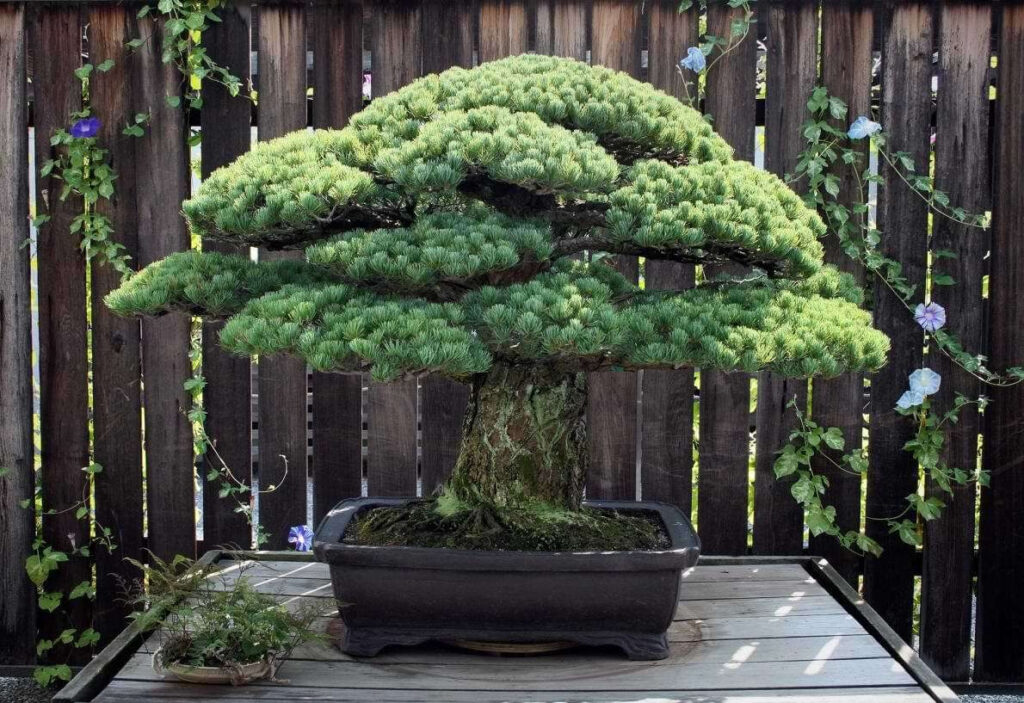
Growing a bonsai tree from seed is a challenging but rewarding process. It can take several years for a seedling to mature into a full-grown tree, but the results are definitely worth the wait. The first step is to plant the seeds in a well-draining potting mix. Bonsai trees prefer a slightly acidic soil, so be sure to use a mix that contains peat moss or coco coir. Once the seeds have been planted, it is important to keep them moist but not wet. A good way to do this is to set the pot in a tray of water and allow the soil to absorb moisture from the bottom up. The seeds should germinate within 2-3 weeks. Once they have sprouted, it's time to start training them into the desired shape. This process can take many years, but with patience and care, it is possible to create a beautiful bonsai tree from seed.
Growing a bonsai tree from seed is a rewarding process that can take several years to complete. However, it is worth the wait to see your tree grow and change shape over time. Here are the basic steps to growing a bonsai tree from seed:
- Choose a suitable species of tree for your climate and location. Bonsai trees can be finicky, so it is important to select a species that will thrive in your particular environment.
- Collect or purchase seeds from a reputable source. Make sure the seeds are fresh and viable before planting.
- Plant the seeds in well-draining potting soil in a shallow tray or pot. Keep the soil moist but not soggy, and place the tray in a warm, sunny spot.
- Once the seedlings have sprouted, thin them out so that only the strongest plants remain. These will be your future bonsai trees.
- Transplant the seedlings into individual pots when they are large enough to handle. Select pots that are shallow and wide, as this will help prevent root bounding later on.
- Begin shaping your bonsai trees once they have grown at least 5 or 6 leaves or the tree has reached 3 years in maturity. This all depends on the type of bonsai tree you're growing, but it's important to make sure you only prune when the tree is dormant (not currently growing), which is usually early in the spring.
When To Shape Bonsai Trees
One of the most common questions about bonsai trees is when to shape them. The simple answer is that it depends on the type of bonsai tree and the desired look. For instance, formal upright and informal upright bonsai trees are typically shaped in the early spring, while deciduous bonsai trees are best shaped after they have lost their leaves for the season. However, there are a few general guidelines that can help. Firstly, it is important to shape bonsai trees before they enter their active growth period. Secondly, take into account the amount of time and effort required to achieve the desired results. And finally, always err on the side of caution – it is easier to remove more material than it is to add it back. By following these simple guidelines, you can ensure that your bonsai tree is healthy and stays looking its best.
How to Shape Bonsai Trees
Bonsai trees are often associated with patience, discipline, and a deep respect for nature. The art of bonsai dates back centuries, and it requires both a gentle touch and a sharp eye. To shape a bonsai tree, the first step is to select the right tree species. Some common choices include maple, elm, and juniper. Once you have selected your tree, you will need to carefully prune the roots and branches. This process should be done gradually, as too much trimming can damage the tree. The next step is to arrange the branches in an aesthetically pleasing way. This is where the true art of bonsai comes into play, as you must balance form and function to create a harmonious design. Finally, you will need to regularly prune your tree to maintain its shape. With time and practice, you can create a beautiful bonsai tree that will bring years of enjoyment.
The History of the Bonsai Tree
The history of the bonsai tree is a long and fascinating one. Bonsai trees are believed to have originated in China, where they were grown for centuries before being introduced to Japan. The art of bonsai trees reached its height during the Edo period in Japan, when skilled artisans began to create miniature replicas of famous mountains and other natural scenes. Today, bonsai trees are enjoyed all over the world, and their popularity shows no signs of waning. Whether you're a seasoned grower or just getting started, there's a bonsai tree out there that's perfect for you.


